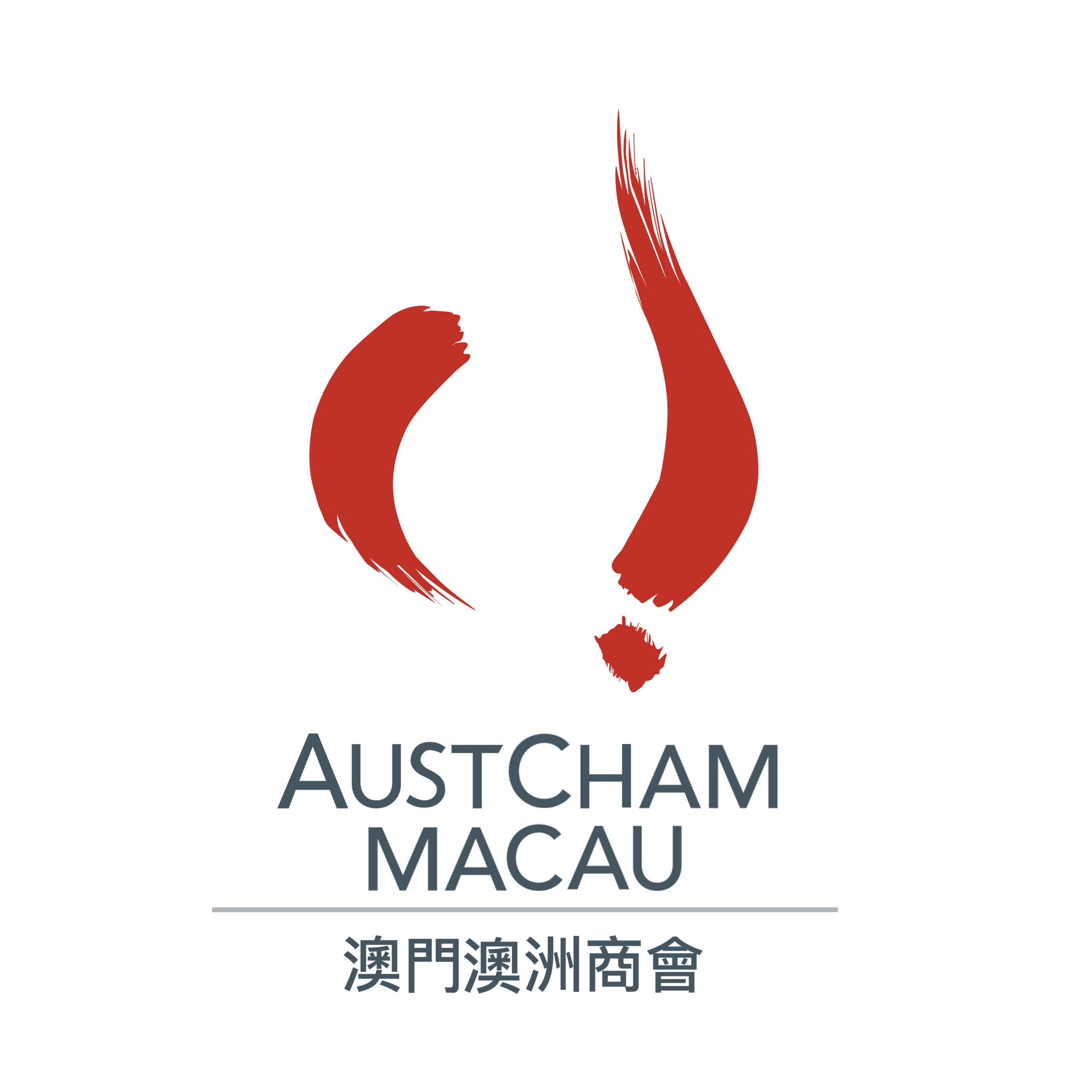Dragon Outback
By Sir Billy Chan
The success of Chinese in Australia depends on many factors. Australian heart is maybe the most important, one though.
This heart has been made up of many people—Indigenous people, Asian, English, Irish, Turkish, Italian, Greek, Russian, African, Pacific Islanders, and many more. It continues to grow as Australia evolves.
Since 1788, when Australia saw Europeans first plant flags for large commercial trade, its heart has had Chinese in it. Indeed, Port Jackson in what is today Sydney was essential for establishing the British Empire’s Pacific Ocean presence to trade with China.
Yet even centuries before Europeans lay claims to Australia, Chinese explorers in 1422 were visiting the coasts of Western Australia as part of Admiral Zheng He’s seven global expeditions to East Africa, the Arabian Peninsula, and Southeast Asia according to the acclaimed academic papers written by our Australian maritime historian, Dr Michael McCarthy titled, “Zheng He and the Great Southland”.
Contact with Australia from China increased after 1750s and particularly following the Botany Bay planting of the Union Jack in 1788.
In the 1850s, more Chinese emigrated with gold rushes, particularly from Guangdong province at the mouth of the Pearl River. Macao was a busy port of for horrendous human trafficking activities known as the “Coolie Trade”. This was largely due to non-enforcement of the anti-slavery regulations back in the colonial times.
Many of them settled in Victoria but also in Queensland, the Northern Territory and Tasmania. Many were refugees from the horrific Taiping Rebellion which ravaged China in the 1850s—with an estimated 30 to 50 million people killed in the civil war. They also joined the ranks of the long-established Chinese communities around Southeast Asia, including Cambodia, Malaysia, Philippines, Thailand, Singapore and Vietnam. This today even facilities China and ASEAN ties even tighter. This is particularly so for an increase of trade with the November 15, 2020, signing of the Regional Cooperation Economic Partnership between China, ASEAN, Japan, South Korea and Australia. ASEAN alone is forecast by some to be the 4th largest economy in the world by 2030 with an estimated US$ 4 trillion [AUS$ 5,608,920,000,00] annual economy.
Even with responses to variants and vaccines with COVID placing limitations on growth for 2021 and 2022, the bigger picture is clear: Macao is well placed to rise within this resilient region with profits. And we Aussies in between have great chances for leveraging this new landscape. After all, Macao and the Greater Bay Area are China’s economic powerhouse with long-term historical links to ASEAN. Aussies have this connectivity too back home and here in our own way in Macao and the Greater Bay Area.
This is a very different world from over a century ago.
In 1901, Australia sadly passed the Immigration Restriction Act. Yet Chinese communities down under kept their spirits up—despite racist Anti-Chinese leagues that had sprung up since the mid-19th century. These paranoid policies sadly seeded the White Australia Policy that so many came to lament—including many white folks.
Even during World War II, Australia-Chinese heroes like Jack Sue from Western Australia had to endure silly skin non-sense from the old White Australia fears. He was a deep man of Perth, a diver, reconnaissance officer in the Royal Australian Air Force, and musician. He imbued Western Australia with a sense of Australian-Chinese pride that still resonates today. Luckily, after 1973, that old White Australia policy was sent away and John lived out his days playing music in Perth until his final moments in 2009.
That was the context of the Outback as I entered it in the middle 1980s—one where Australian hero were Australian heroes, mates were mates, and beers and good onya’s happened regardless of your background most of the time.
When I first came to Australia back in 1986, to Western Australia, there were predominantly Singaporean and Malaysian Chinese in the Asian community. They had immigrated, studied, and gotten into the mainstream of society, mainly because most of them speak English. Many of the Hong Kong or Macau Chinese preferred to go to the bigger cities like Sydney and Melbourne.
Why? Because on June 12, 1985, China and the UK announced the Sino-British Joint Communique regarding the 1997 Handover of Hong Kong. Many Hong Kong people felt some uncertainty about this so moved to Australia. In those days, you also had Vietnamese coming in. One thing I noticed about these Asians is that they put an extremely high value on education. They prized it.
Typically, when the first generation came of Chinese and Asians came to Australia, their parents didn’t know English so well. They worked really hard to put their kids into good schools. The second generation learned English well and integrated into the society. The same happened with the third generations of Chinese from this era. Today, you seem them holding good positions in society. They’re lawyers, accountants, nurses, doctors, politicians, highly skilled people. They’re engaged in scientific research and so on.
For new Chinese coming to feel the fabric of Australian society, when they first come, it can be alienating. But after a while they must integrate. Not just pick up the language. They should play sports from rugby to footie and enjoy the great outdoors of Australia with a bit of good time music. Even for those who come and speak English, if they don’t enter and participate with mainstream things, it will be very hard for them.
In Australia, we don’t really see Korea Ghettos or Asia Ghettos like in other Western countries. Nor Asian gangsters congregating in sections of towns. In Western Australia, you don’t see them taking up in public housing. They integrate into the suburbs. They integrate into the mainstream of Australian society. That’s one good aspect of what’s been laid by these Chinese and Asians for the new Chinese coming into the Dragon Outback—our shared space of Southeast Asia and China where we can all thrive together in the long run.
